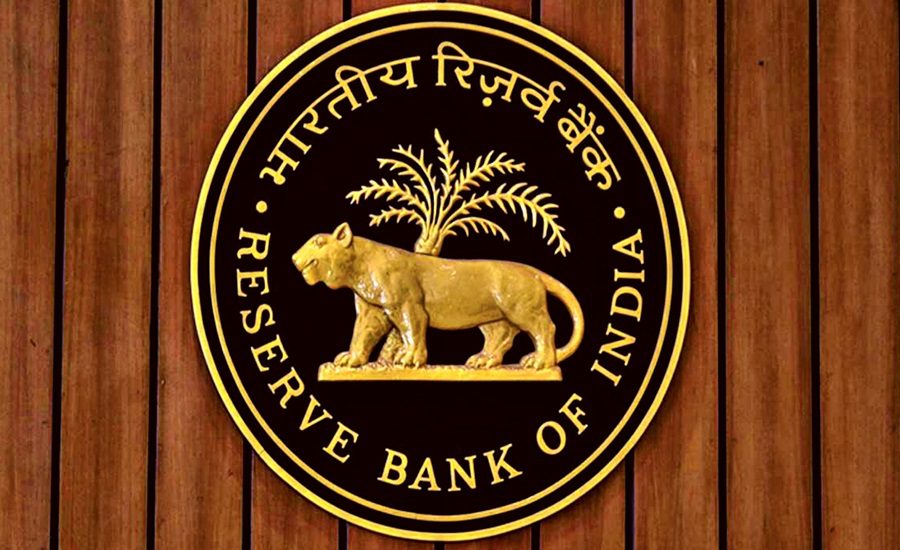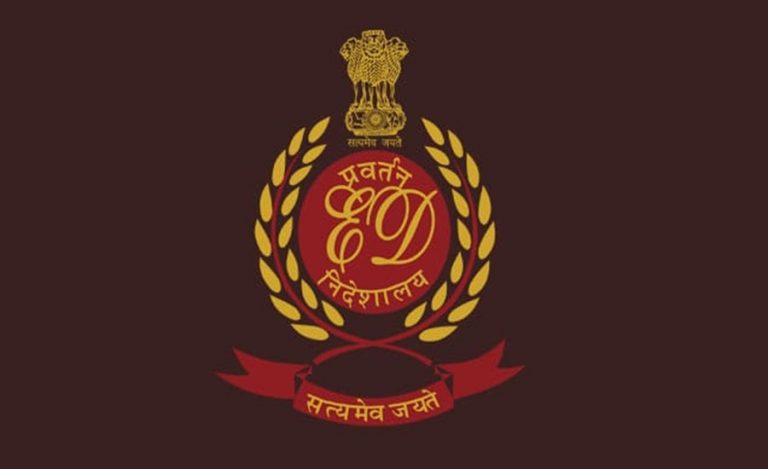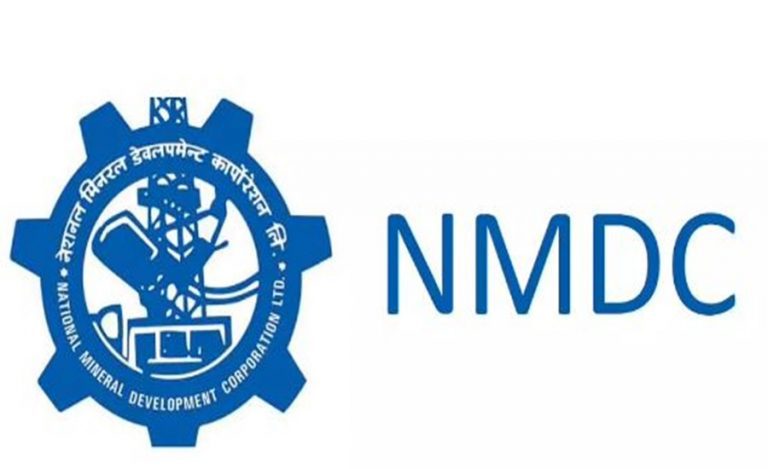Mumbai: Two years after the Reserve Bank of India (RBI) announced the withdrawal of ₹2000 denomination banknotes, a total of ₹6,099 crore worth of these high-value notes remain in circulation, according to official data released by the central bank on Tuesday.
Despite the withdrawal from active circulation, ₹2000 notes continue to be legal tender, and can still be deposited or exchanged at select RBI offices.
₹3.56 Lakh Crore in 2023 Shrinks to ₹6,099 Crore in 2025
On May 19, 2023, the RBI announced its decision to withdraw ₹2000 notes from circulation as part of its currency management strategy. At that time, the total value of ₹2000 notes in circulation stood at ₹3.56 lakh crore.
As of June 30, 2025, that number has sharply dropped by ₹3.5 lakh crore, with only ₹6,099 crore still in public hands—indicating that 98.29% of the ₹2000 notes have been returned to the banking system.
Read Also: RBI Bolsters AePS Onboarding Rules Aligned with KYC to Boost Security
Exchange and Deposit Facilities: Then and Now
Initially, deposit and exchange of ₹2000 notes were allowed at all bank branches across the country till October 7, 2023. After that, the facility has remained open at the 19 Issue Offices of the RBI.
Since October 9, 2023, these RBI Issue Offices continue to accept ₹2000 notes from both individuals and entities for deposit into their bank accounts.
Additionally, to improve access, the RBI has enabled deposits via India Post. Individuals can send ₹2000 notes from any post office to any of the RBI Issue Offices, and the corresponding amount will be credited to their bank accounts.
Legal Tender Status Remains Intact
The RBI reiterated that ₹2000 banknotes continue to be legal tender, despite being withdrawn from active circulation. This means that the currency is still valid for transactions, although not being issued or promoted for regular use.
The decision to withdraw the ₹2000 note was initially framed as part of the RBI’s broader strategy to streamline high-denomination currency and improve transparency and efficiency in the financial system.
About RBI
Reserve Bank of India. The Reserve Bank of India was established on April 1, 1935 in accordance with the provisions of the Reserve Bank of India Act, 1934. The Central Office of the Reserve Bank was initially established in Kolkata but was permanently moved to Mumbai in 1937.
It regulates the banking system and the currency supply, aiming for monetary stability and economic development. Key functions include managing foreign exchange, acting as a banker to the government, and promoting financial inclusion. The RBI also supervises banks and works to ensure the stability of the financial system.



























